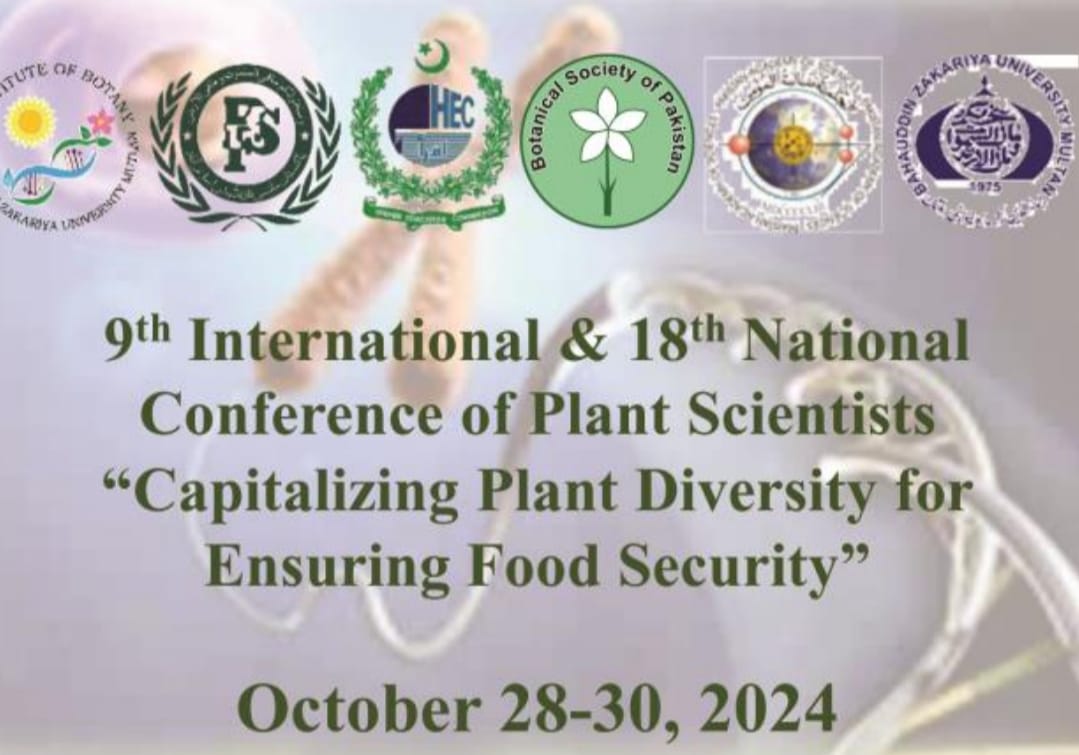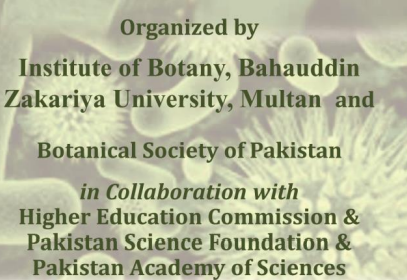Hong Yan, Syed Sadaqat Shah, Wei Zhao and Fulai Liu
Details
52(1): 1-7, 2020
Download PDF
Variations in water relations, stomatal characteristics, and plant growth between quinoa and pea under salt-stress conditions
Details
52(1): 1-7, 2020


